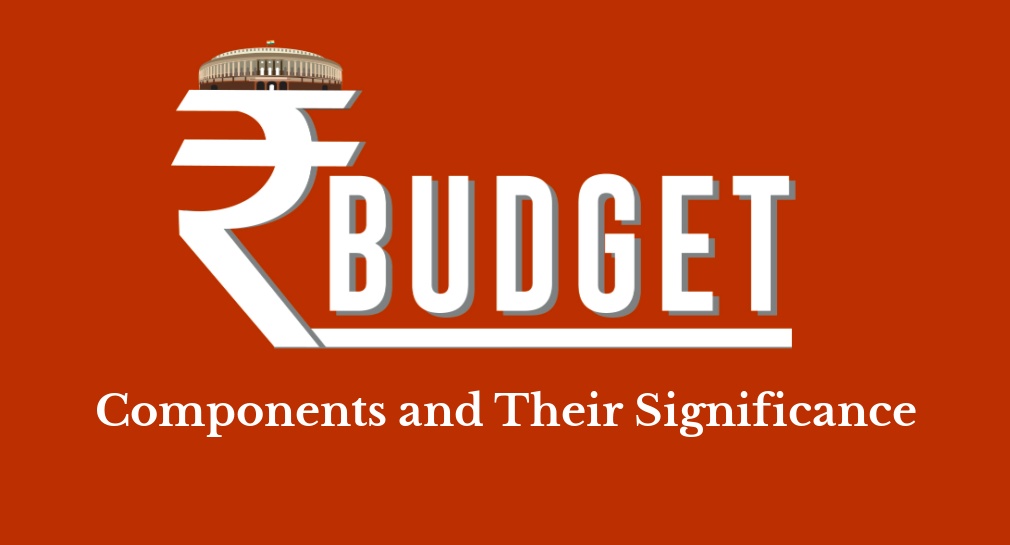Components of the Union Budget: Detailed Explanation

Every year, on February 1st, the Finance Minister of India presents the Union Budget in the Parliament. Much like a household budget, the Union Budget provides a comprehensive account of the Government’s revenues and expenditures for a financial year. This document outlines how resources are allocated, ensuring transparency and fiscal discipline.
What is the Union Budget?
The Union Budget of India is an annual financial statement summarizing the Government’s estimated revenues and expenditures for a given financial year, running from April 1st to March 31st. It serves as a blueprint for the country's economic policies and resource allocation.
Key Components of the Union Budget
The Union Budget is divided into two primary components: Revenue Budget and Capital Budget. Below is an overview of their key features and significance.
Revenue Budget
The Revenue Budget includes the Government’s revenue receipts and expenditures for the financial year.
Revenue Receipts
Revenue receipts are the incomes the Government expects to receive, categorized into:
- Tax Revenue: Includes income tax, corporate tax, Goods and Services Tax (GST), and excise duty.
- Non-Tax Revenue: Comprises interest and profits, fees for Government services, and fines and penalties.
Revenue Expenditure
This covers the Government's operational expenses, such as:
- Salaries of Government employees
- Subsidies for essential goods and services
- Operational costs of public offices
Note: If revenue expenditure exceeds revenue receipts, it leads to a revenue deficit.
Capital Budget
The Capital Budget consists of the Government’s capital receipts and payments.
Capital Receipts
These either increase liabilities or reduce financial assets. Examples include:
- Loans from public, states, Union Territories, foreign institutions, and the Reserve Bank of India (RBI).
- Sale of treasury bills.
- Recovery of debts.
Capital Payments
Capital payments are used for creating long-term public assets and infrastructure development, such as:
- Roads, schools, and hospitals.
- Acquiring equipment and machinery.
- Loans granted to states and Union Territories.
Structure of the Union Budget
The Union Budget is organized into three major parts:
1. Consolidated Fund of India (CFI)
- Includes all Government revenues and loans.
- Expenditures from this fund require Parliamentary approval.
2. Contingency Fund of India
- Established under Article 267 of the Constitution.
- Used for unforeseen expenses with the President’s approval.
3. Public Accounts
- Consists of funds allocated for specific public purposes, such as constructing roads and building infrastructure.
- Transfers from the CFI to Public Accounts require Parliamentary authorization.
Key Differences Between Revenue and Capital Budgets
|
Aspect |
Revenue Budget |
Capital Budget |
|
Receipts |
Taxes, fees, and interest |
Loans, treasury bills, and asset sales |
|
Expenditures |
Operational and day-to-day expenses |
Asset creation and infrastructure development |
|
Deficit Type |
Revenue Deficit |
Fiscal Deficit |
Summary
The Union Budget of India is more than a financial document; it is a reflection of the Government’s vision and priorities for the nation. By understanding its components—Revenue Budget and Capital Budget—as well as its structure, you can grasp its broader implications on the economy and society.
Stay informed about the Union Budget to better understand its impact on the nation’s growth and your personal finances.
 Top Mutual Funds
Top Mutual Funds








COMMENT (0)